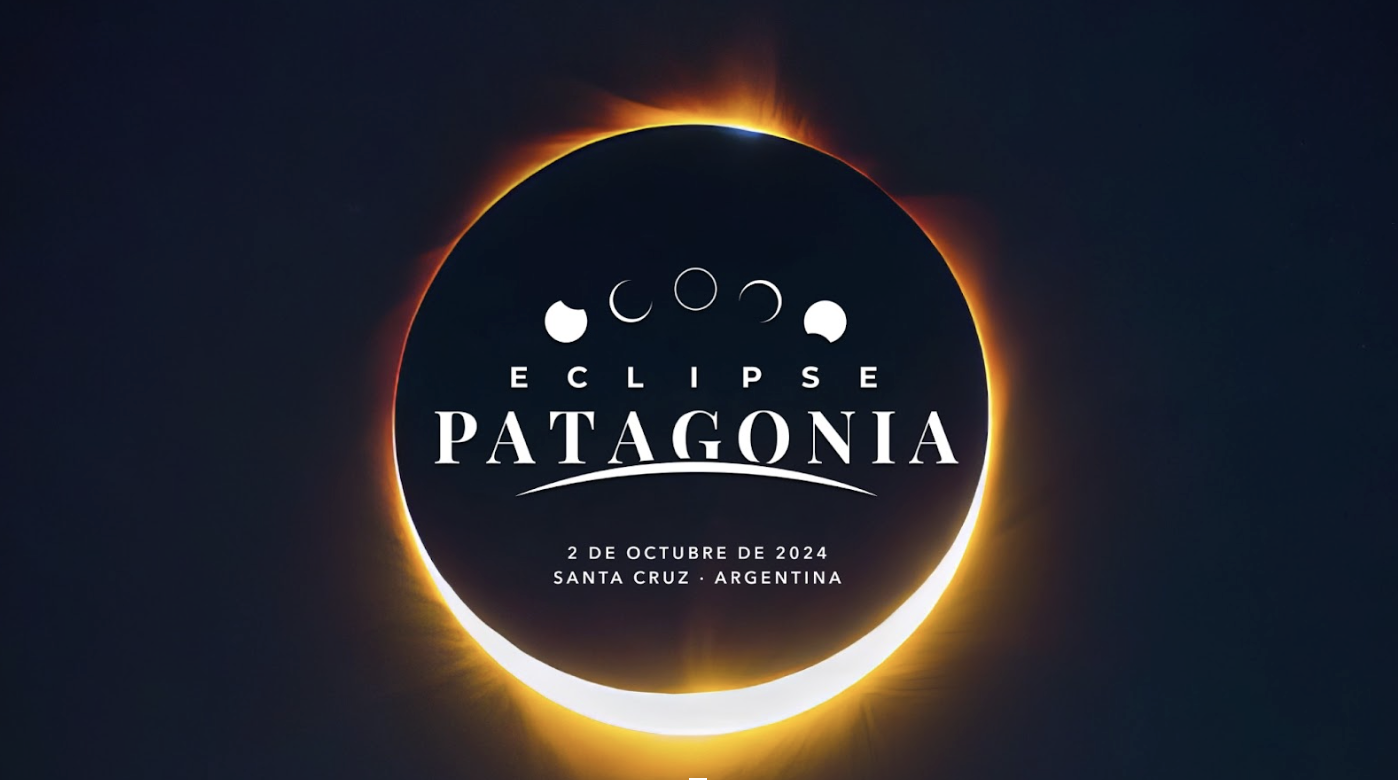Annular Eclipse in Patagonia Park: A Journey Among Astral Bodies, Wildlife, and Canyons
Patagonia Park Argentina in Santa Cruz Province will be one of the best locations to experience the annular solar eclipse on October 2nd, 2024. Learn about the natural attractions you can visit before and after this important astronomical event.
In the Cañadón Pinturas and La Ascención gateways of Patagonia Park Argentina, you can venture into the wild steppe to experience this historical astronomical event.
Here you will find several observation points, in addition to educational talks, cuisine, lodging, and nature tourism services offered by local entrepreneurs, such as guided wildlife-watching expeditions and tours of geological landscapes.
Please complete the following form if you plan to observe the eclipse from Patagonia Park.
IMPORTANT NOTICE
Filling out this form does not guarantee entry to Cañadón Pinturas Gateway: it has a maximum capacity of 100 vehicles, and entry is by order of arrival.
HEALTH NOTICE
Never look directly at the sun without appropriate protection. Watching a solar eclipse without protection can cause permanent damage to your retina without any warning symptoms. We recommend wearing standard eclipse glasses or appropriate, previously checked instruments, such as telescopes or binoculars with filters.
About Patagonia Park Argentina
Public use, rewilding, and wildlife-watching tourism
Located in northeastern Santa Cruz Province, Patagonia Park (Argentina) protects a unique environment of the Patagonian steppe, characterized by high basaltic plateaus, lagoons, wetlands, and large, deep canyons that encourage close exploration.
Patagonia Park boasts four access points (public and free), called “gateways,” where visitors can take part in recreational hiking and wildlife-watching: La Ascención and El Sauco (managed by the National Parks Service), Cañadón Pinturas, and the future gateway Cueva de las Manos.
Rewilding Patagonia
Recovering the wildlife and environments of the Patagonian steppe
The ecological restoration of the steppe is part of the experience. Fundación Rewilding Argentina, with the support of Freyja Foundation, works within the Cañadón Pinturas Gateway to recover the key species of the ecosystem through monitoring and active management of animals, environmental restoration, exotic species eradication, and science communication.
Our goal is to reintroduce native species and increase the numbers of species that are present but decimated, with the purpose of reestablishing the characteristic ecological processes of the steppe.
About the Annular Eclipse
Eclipses are one of the most impressive phenomena in nature. They occur when the shadow of one astral body is projected over another, blocking it from view for a period of time.
During a solar eclipse, the moon is perfectly aligned in front of the sun, partially obscuring it. When the moon is near its apogee—in other words, at the point in its orbit that is furthest from the earth—the size of our satellite is slightly smaller than that of the sun. In these cases, the moon cannot completely obscure the sun during an eclipse, creating an annular eclipse.
Patagonia Park (Argentina) and the towns of Puerto Deseado and Puerto San Julian will be some of the best locations to observe the annular solar eclipse on October 2nd, 2024. The phenomenon will occur between approximately 4:00 and 6:20 PM, and the maximum eclipse will be around 5:25.
IMPORTANT NOTICES
Filling out this form does not guarantee entry to Cañadón Pinturas Gateway: it has a maximum capacity of 100 vehicles, and entry is by order of arrival.
HEALTH NOTICE
Never look directly at the sun without appropriate protection. Watching a solar eclipse without protection can cause permanent damage to your retina without any warning symptoms. We recommend wearing standard eclipse glasses or appropriate, previously checked instruments, such as telescopes or binoculars with filters.




